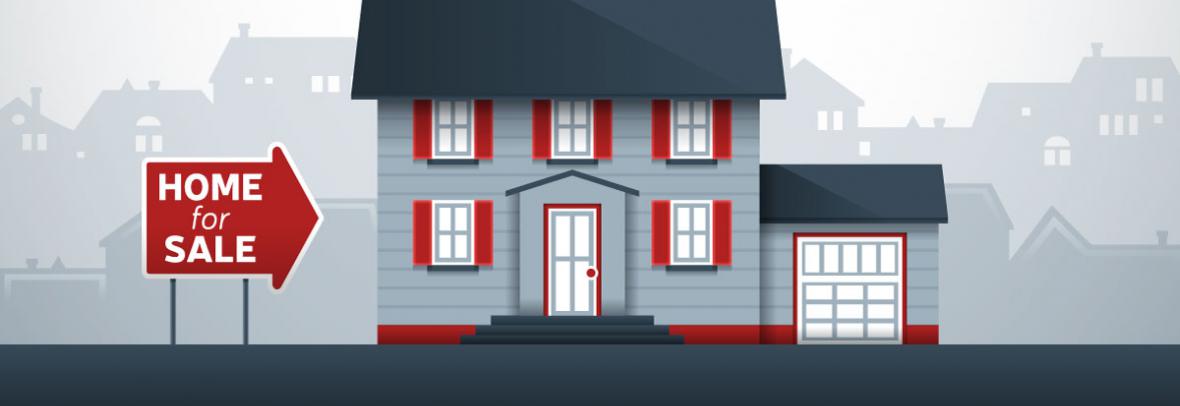- ORLANDO, Fla. – Before the pandemic, Florida’s real estate market had high demand from buyers seeking homeownership, but the market was slowed by a lack of listings. Thanks to lessons learned during the Great Recession, more owners hunkered down. But in many cases, they also had a low mortgage rate secured years earlier that they would have to give up if they bought another home.
Both of those have changed. Some hunkering-down renters and homeowners now want more space. In addition, the average 30-year mortgage rate hit a record low the week of April 30, according to Freddie Mac, so current homeowners could trade their current rate for one that’s even lower – or at least the same – if they choose to move up or downsize soon.
In a National Association of Realtors® (NAR) survey released May 7, 77% of Realtors said their potential sellers plan to list their homes once COVID-19 stay-at-home orders are lifted – and more than half said their clients are completing do-it-yourself home improvement projects while isolating.
“After a pause, home sellers are gearing up,” says Lawrence Yun, NAR’s chief economist. “Plenty of buyers also appear ready to take advantage of record-low mortgage rates and the stability that comes with these locked-in monthly payments into future years.”
Impact on Florida's economy
The return of buyers and sellers to the market could provide a major boost to the state’s economy, which has been hit by a drop in sales tax revenues as tourists stayed home.
According to NAR’s research department, every home sale in Florida pumps $77,291 into the economy – money beyond the sale itself. The average income for real estate professionals involved in a transaction is $21,132, and $4,650 goes to expenditures related to the purchase. NAR estimates the ripple effect for those amounts – the increased value to the economy as one person’s expenditures become a second worker’s income – is $12,375. In addition, new-home sales have a total impact of $39,133.
Nationwide, every home sale adds from $54,741 to $184,763 to their local economics.
“Real estate has been, and remains, the foundation for wealth building for the middle class and a critical link in the flow of goods, services, and income for millions of Americans,” says Nadia Evangelou, a research economist with NAR. Real estate makes up almost 18% of the U.S. GDP.
Limited income from tourism
The benefits of a strong real estate market are especially important in Florida. On Thursday, state officials said Florida’s phased-in “rebound effort” could still take several years before full tourism returns.
“We know that this rebound is going to take a while, and we have to make sure that Florida continues to be a top travel destination,” according to Visit Florida Chief Marketing Officer Staci Mellman during a conference call with the state-backed agency’s Executive Committee.
Mellman said Visit Florida has seen an uptick in interest for the fall, but the usually busy summer season isn’t expected to perform well.
Florida had a record 36.4 million visitors in the first quarter of 2019 and a record 133.7 million travelers for the year, according to the News Service of Florida’s quote of state figures.
While Visit Florida has started to run targeted ads to bring tourism back, it says it’s approaching the rebound methodically. The first step is to see how eager Floridians are to travel outside their homes and beyond, a change that is tied to the unpredictable future of the COVID-19 pandemic.
By Kerry Smith © 2020 Florida Realtors®
